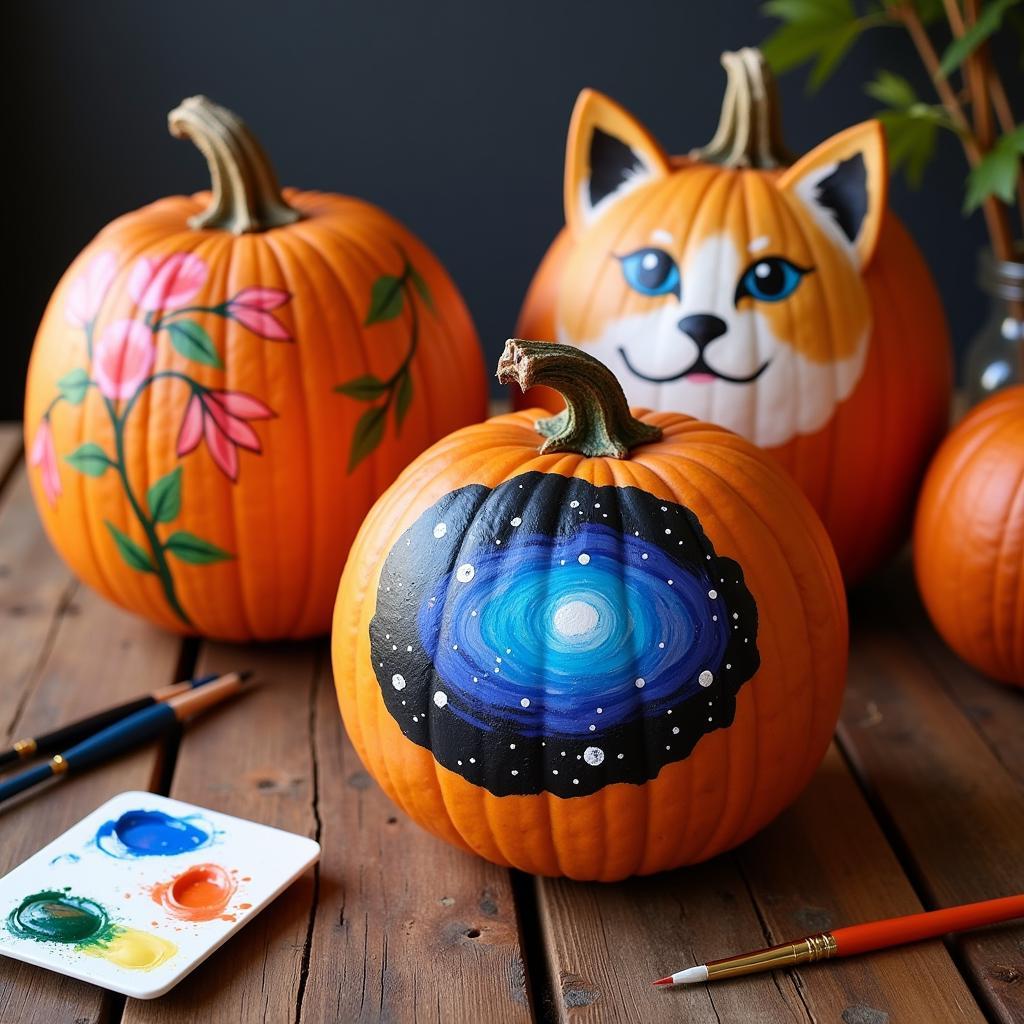Exploring the Exquisite World of Japanese Fabric Art
Japanese Fabric Art represents a rich tapestry of techniques, traditions, and cultural significance. From ancient methods like shibori and sashiko to modern innovations, these textile arts offer a captivating glimpse into Japanese aesthetics and craftsmanship. This article delves into the intricacies of Japanese fabric art, exploring its history, diverse techniques, and contemporary applications.
A Journey Through Time: The History of Japanese Fabric Art
Japanese fabric art has a long and storied history, intertwined with the country’s cultural and spiritual beliefs. Originally born out of necessity for creating clothing and functional items, these techniques evolved over centuries, transforming into intricate art forms. Early examples of Japanese fabric art can be traced back to the Nara period (710-794 AD), showcasing the influence of Chinese and Korean textile traditions. The Edo period (1603-1868) witnessed a flourishing of textile arts, with the development of iconic techniques like shibori and yuzen dyeing.
The folk art dolls often incorporate elements of traditional Japanese fabrics. These techniques, passed down through generations, reflect a deep respect for nature and a meticulous attention to detail. Over time, Japanese fabric art became an integral part of Japanese culture, symbolizing beauty, resilience, and the passage of time.
Unveiling the Magic: Traditional Japanese Fabric Art Techniques
Japanese fabric art encompasses a wide range of techniques, each with its unique characteristics and aesthetic appeal. Shibori, known for its resist-dyeing methods, creates stunning patterns through intricate folding, binding, and twisting of the fabric. Sashiko, a form of decorative stitching, employs running stitches to create geometric designs, often used for reinforcing and mending garments.
Other techniques like kasuri, a form of ikat weaving, and katazome, a stencil dyeing method, further enrich the diverse landscape of Japanese textile arts. These techniques not only produce beautiful fabrics but also tell stories, reflecting the history and cultural heritage of Japan. Have you ever wondered how such intricate patterns are achieved? The answer lies in the meticulous craftsmanship and generations of knowledge passed down through families and workshops.
Japanese Fabric Art in the Modern World
While rooted in tradition, Japanese fabric art continues to evolve and adapt to contemporary contexts. Artists are experimenting with new materials, incorporating modern motifs, and pushing the boundaries of traditional techniques. From fashion and interior design to fine art and installations, Japanese fabric art finds its place in diverse creative expressions.  Contemporary artwork incorporating Japanese fabric techniques
Contemporary artwork incorporating Japanese fabric techniques
The art of wrap takes inspiration from the intricate folding techniques found in Japanese fabric art. The art nouveau dresses also reflect the influence of Japanese aesthetics and its emphasis on natural forms and flowing lines. By embracing innovation while honoring tradition, Japanese fabric art continues to inspire and captivate audiences worldwide.
“Japanese fabric art is not just about technique; it’s about capturing the essence of nature and expressing it through textiles.” – Hana Ito, Textile Artist.
Conclusion: The Enduring Legacy of Japanese Fabric Art
Japanese fabric art is a testament to the power of human creativity and the beauty of cultural heritage. From ancient traditions to modern interpretations, these textile arts continue to inspire awe and wonder. By exploring the rich history, diverse techniques, and contemporary applications of Japanese fabric art, we gain a deeper appreciation for its enduring legacy and its continued relevance in the world of art and design.
FAQ
- What is the most common Japanese fabric art technique?
- What are the different types of shibori?
- Where can I learn Japanese fabric art?
- How can I incorporate Japanese fabric art into my home decor?
- What are some contemporary artists using Japanese fabric techniques?
- What is the significance of indigo dye in Japanese textiles?
- How can I care for garments made with Japanese fabric art techniques?
“The beauty of sashiko lies in its simplicity. Each stitch is a meditation, a connection to the past.” – Kenji Tanaka, Sashiko Master.
The art sox even draw inspiration from the intricate patterns found in traditional Japanese textiles. The art east quilting patterns share a similar attention to detail and precision. For any assistance, contact us at Phone Number: 02462573573, Email: danteum@gmail.com or visit us at Savico Megamall, 7-9 Đ. Nguyễn Văn Linh, Gia Thụy, Long Biên, Hà Nội 10000, Việt Nam. We have a 24/7 customer service team.



